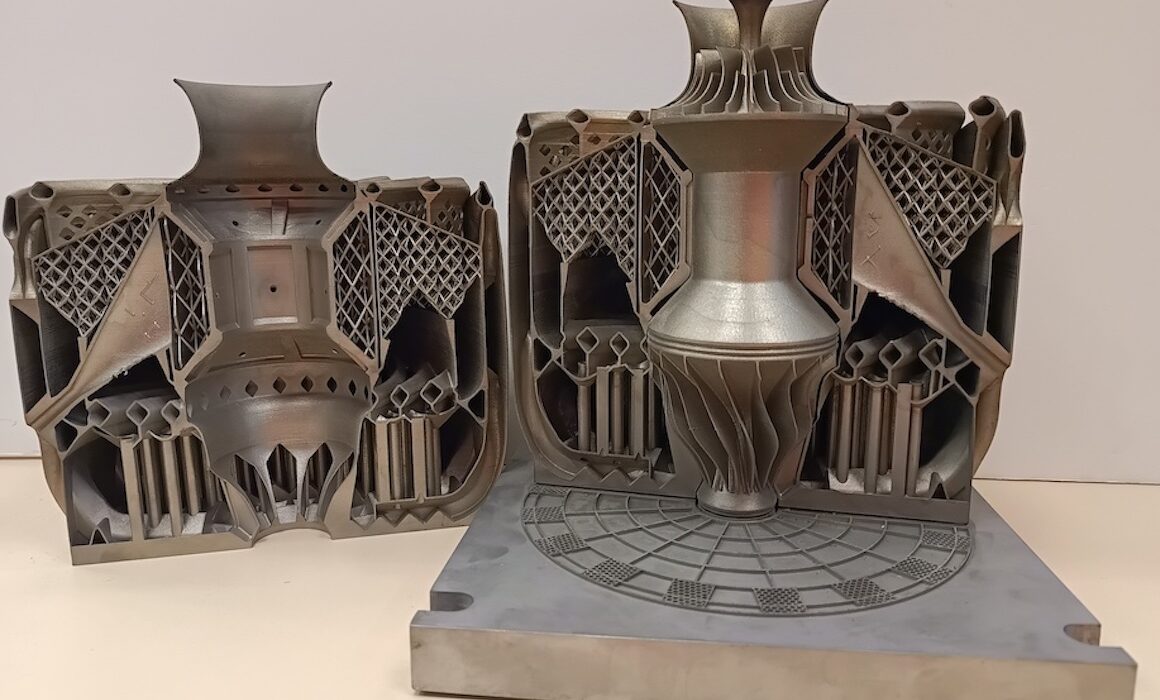This 3D-Printed Microturbine Engine Is Designed To Do More Than Fly
Published by www.forbes.com on June 8, 2023.

One aspect of how industrial 3D printing works that is hard to grasp at first, is its ability to build parts inside of other parts. A metal 3D printer makes an object one hair-thin horizontal layer at a time. So imagine 3D printing an item like a chain. It’s constructed already linked in completely solid circles. By contrast, in traditional manufacturing, individual links are first straight, then bent, and joined together one at a time, which is slower, more labor intensive, and has weak points at each link. It’s the same age-old manufacturing principle for jewelry as it is for chains holding the anchors of navy ships.
3D printing’s ability to fabricate objects, like an already linked chain, is disrupting the way things have always been manufactured. It offers engineers new design freedom, unconstrained from the limitations of traditional manufacturing.
To drive this point home, using a far more complex 3D printed part than a chain link, software company PTC displayed a fully 3D-printed — in one piece — jet engine at its company product launch event last month in Boston, Mass.
Keep reading at Forbes.com.